Animated
Over the years, the animation movie industry has consistently advanced and has given us so many characters that have influenced our lives at some point.
From steamboat-steering mice and sly stop-motion foxes to a septet of singing dwarves, psychic Japanese teens, counterculturally hip cats, crooning French triplets, classical-gassed satyrs and demons, humanity-saving robots, superhero families, the emotional terrain of the young-female brain, an adorable, unclassifiable creature known as a Totoro, and so much more.
On this note, we’re bringing you a comprehensive list of some of the animation
It is a little difficult to select just 25 animation
1. Toy Story 4
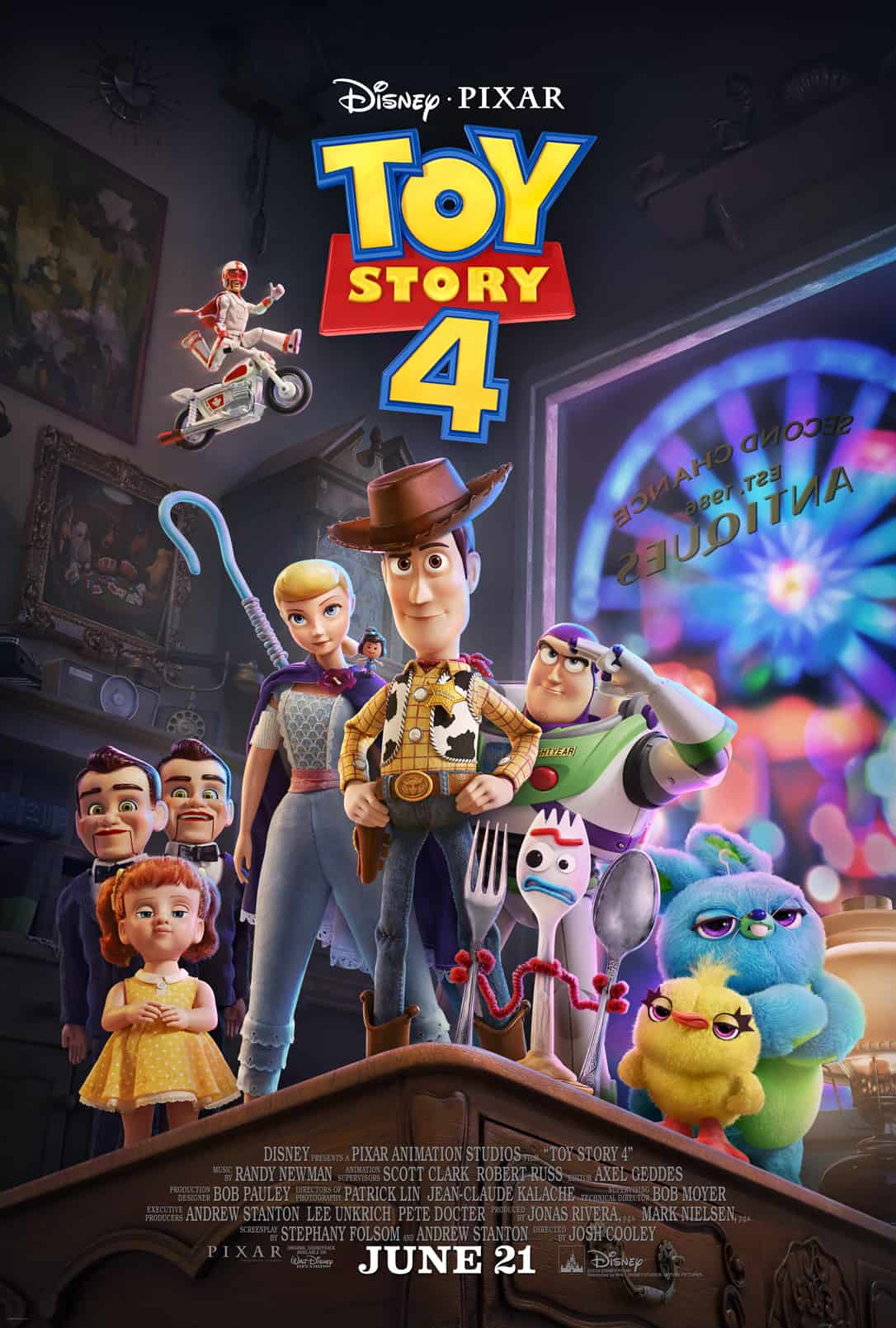
Without Toy Story – the groundbreaking Pixar film that transformed Hollywood forever, no list of animated films would be complete. The picture marked the beginning of a new age of totally computer-animated films, propelling the genre into the realm of narrative storytelling. Never before had a machine produced something so heartfelt.
Toy Story 4 is the final installment in the worldwide acclaimed franchise, and it features Forky, a plastic spork with eyes, Popsicle stick feet, and pipe cleaner arms. Toy Story 4 is an existential story about becoming outdated and dull in the eyes of someone who once held you so tenderly, according to RogerEbert.com.
2. Spider-Man: Into The Spider-Verse
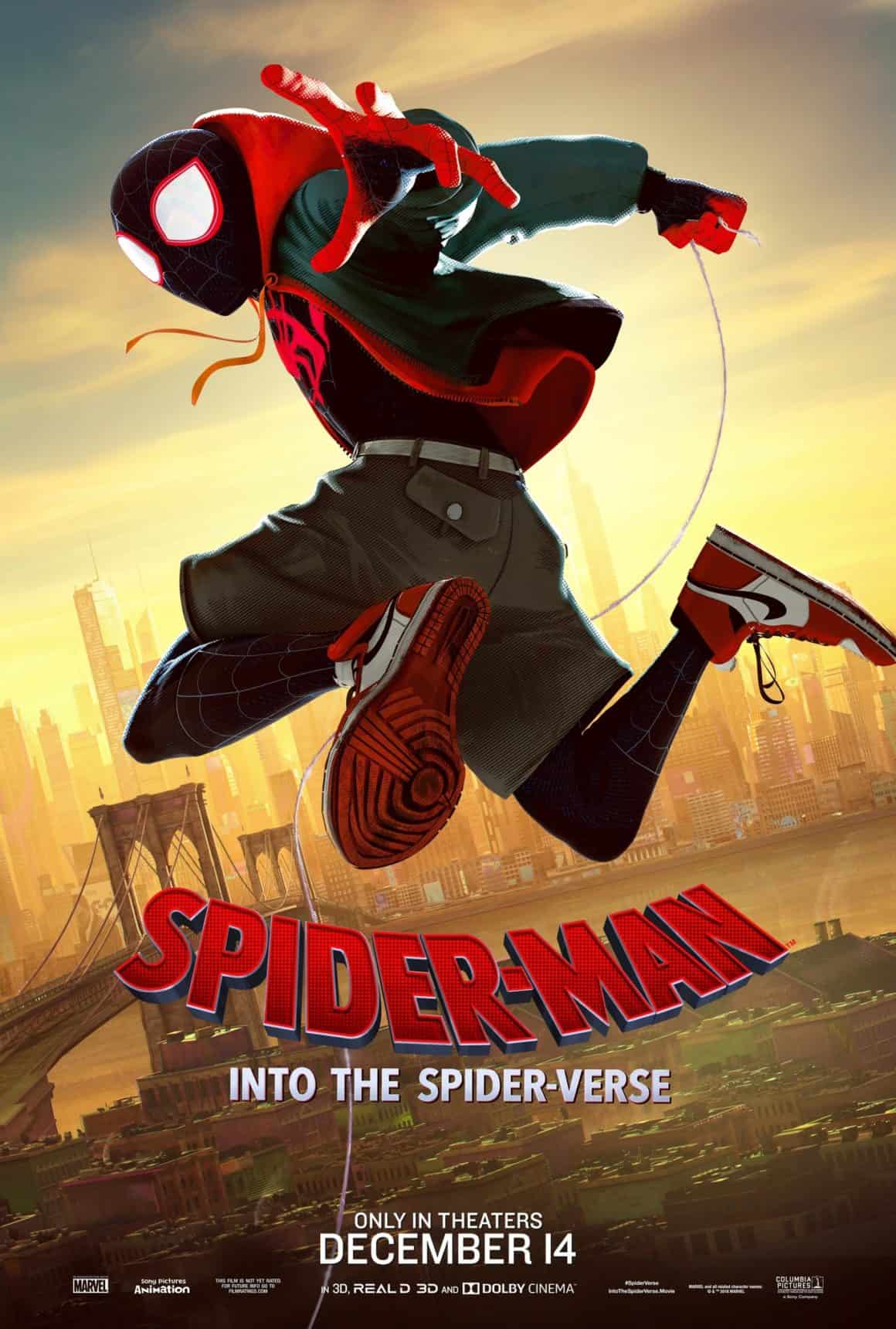
Into the Spider-Verse is Spidey’s first totally animated theatrical trip, and it’s a hilarious and poignant work of dizzying imagination. Spiderman’s critically acclaimed spin through the multiverse opened up this character’s already formidable big-screen legacy to limitless possibilities.
The live-like painting texture of Spider-Man: Into the Spider-Verse makes it one of the if not the most idiosyncratic and unique works of art to appear in the multiplexes from any genre in decades. It was nominated for an Academy Award for Best Animated Feature Film.
Spider-Verse has a stunningly ambitious visual identity with a dexterity that stands out from the crowd – combining 2D and 3D textures with comic book paper flourishes, adjusting the frame rates of different characters inside the same scene, adding acid-flash color, and embracing the comical, exaggerated aspects that animation allows.
3. Inside Out

Inside Out is a picture about intelligent emotions that is both a rollicking adventure and a complex investigation of feelings, dreams, memories, and imagination. It is very rare to see
Riley’s inner world is thrown into turmoil by the upheaval of moving to San Francisco with her family, setting in motion an existential voyage as Joy and Sadness careen through the hallways of her mind, via abstract thought, the dream factory, and halls filled with cherished memories.
It’s brilliantly conceived and realized, leading to insightful ideas about the need for grief and how good memories become tinted with melancholy with time. Let’s not even get started on Bing Bong.
4. Coco
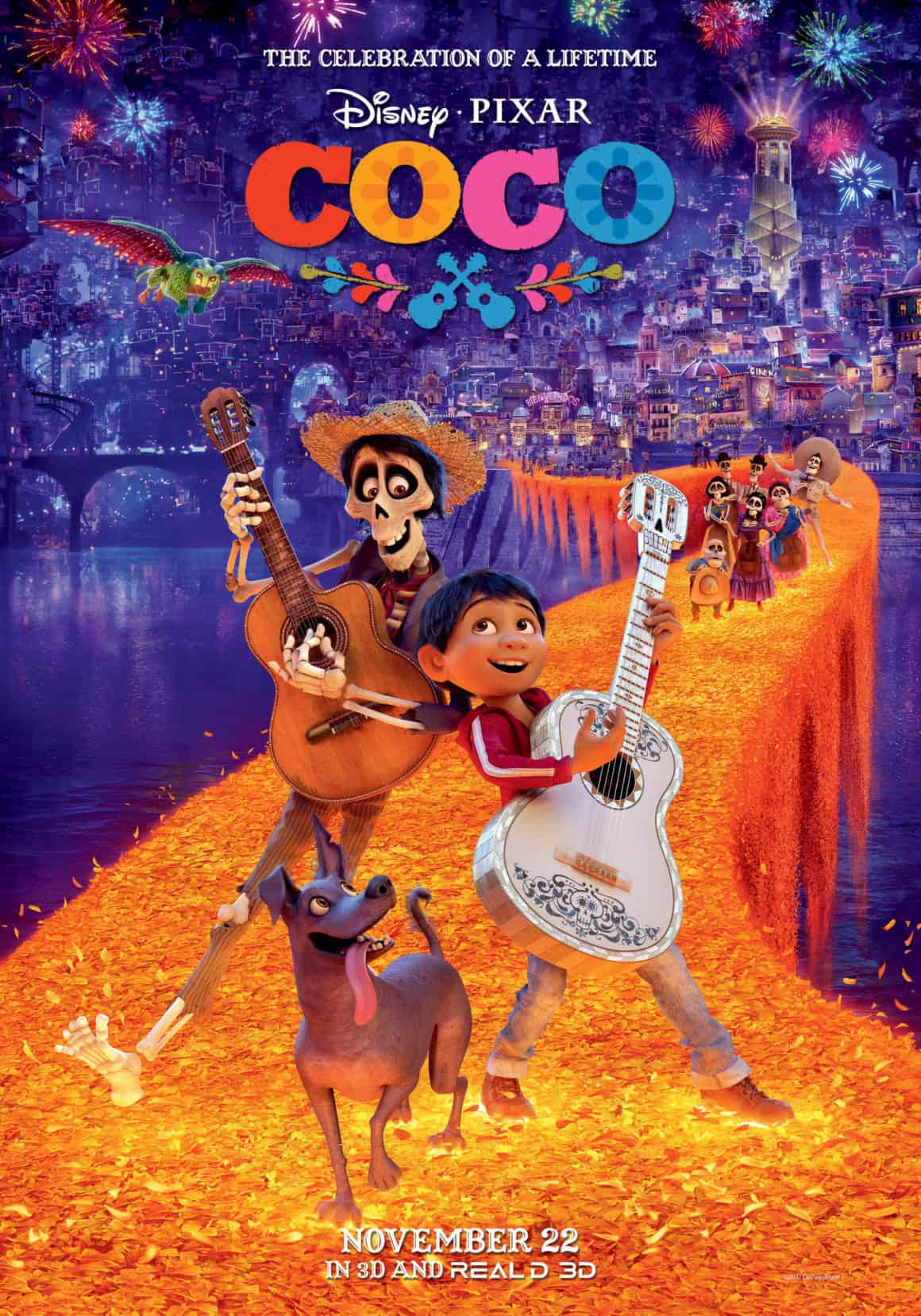
Pixar, led by Lee Unkrich, isn’t one to rest on its laurels (and it has a lot of them), so it chose to take on a new challenge and create a film on the Day of the Dead, a cultural touchstone. That is, at least, the backstory – the main tale here is about young Miguel (Anthony Gonzalez), who aspires to be a great musician like his idol, Ernesto de la Cruz (Benjamin Bratt). That’s a lofty goal, especially because his family has outlawed music since his great-great-grandfather abandoned her to pursue a career as a musician.
Miguel travels to the land of the dead on a mission to discover the truth, and his (literal) buried secrets come into play. Coco is a lively film that embraces Mexican cultural traditions, and it plucks at the heartstrings as powerfully as some of the guitar players here, thanks to the Emeryville studio’s mastery of the craft. Both the film and the original song “Remember Me” received Oscar nominations, and both were well-deserved.
5. Snow White And The Seven Dwarfs
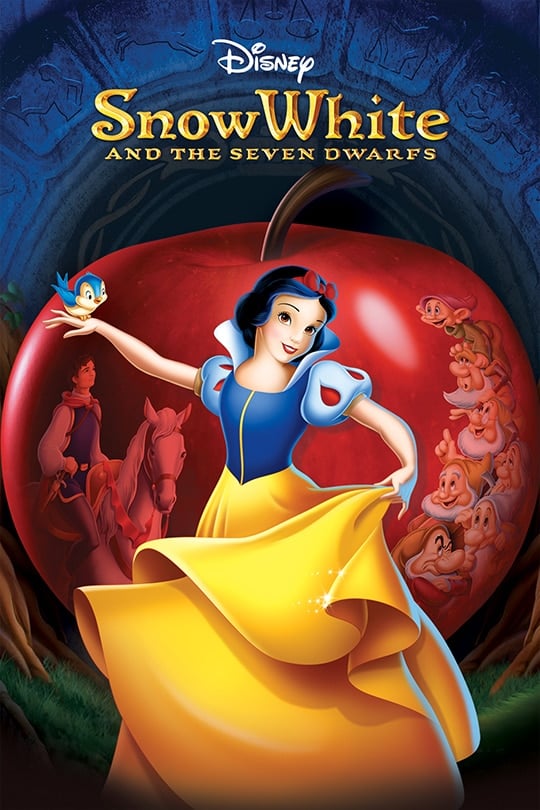
Few people would call Snow White their favorite Disney film, but without it, none of the other films on this list would exist — it’s that simple. Walt Disney’s team of animators used pioneering multiplane camera techniques to take audiences inside an old German fairytale with all the usual features in the first American feature-length animated film, which established the standard for, well, everything that followed (an innocent young princess, a jealous old queen, cute forest creatures, the looming specter of death).
If it’s episodic in nature, splicing together numerous segments akin to the Silly Symphonies cartoons for which the studio was famous, it nonetheless feels like a modern animated feature – not bad for a picture that’s nearly a century old. It’s little surprise that it captured spectators’ imaginations and forever changed the direction of Hollywood with its distinct characters (each Dwarf has its own flare), creative design (the dripping poisoned apple is legendary), and ear-worms like “Heigh Ho.”
6. Fantastic Mr. Fox
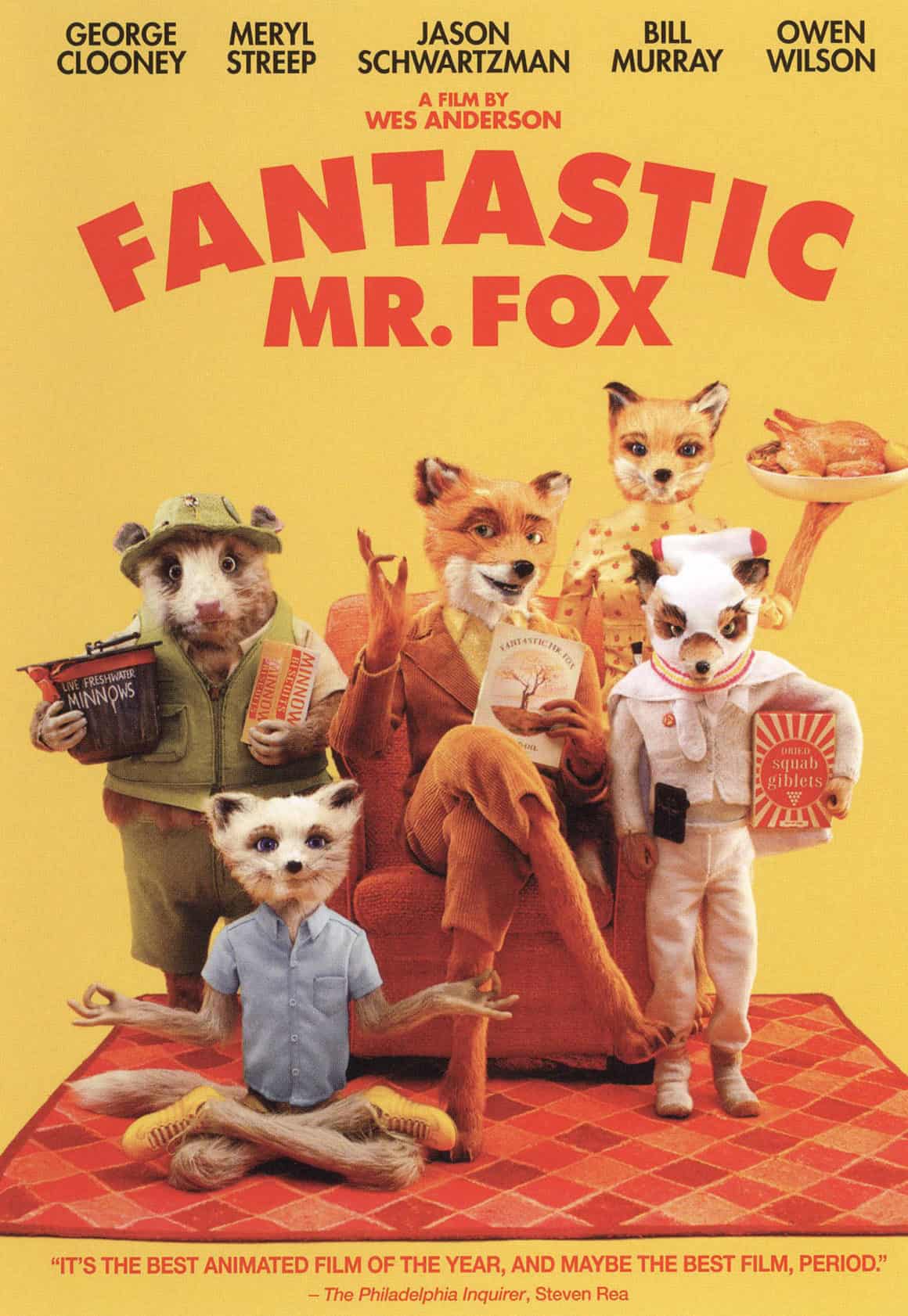
The film is based on Roald Dahl’s 1970 book about a standoff between farmers and a clever family of foxes, and it is Wes Anderson’s first animated picture and first adaption. Fantastic Mr. Fox is confidently strange and unsettling in a manner that few films of its genre aim to be, in the spirit of Dahl and all-time family cinema great Willy Wonka and the Chocolate Factory. Anderson’s 2017 stop-motion film, the Isle of Dogs, had stunning visuals—but also a lot of racially inappropriate material.
7. Duck Amuck
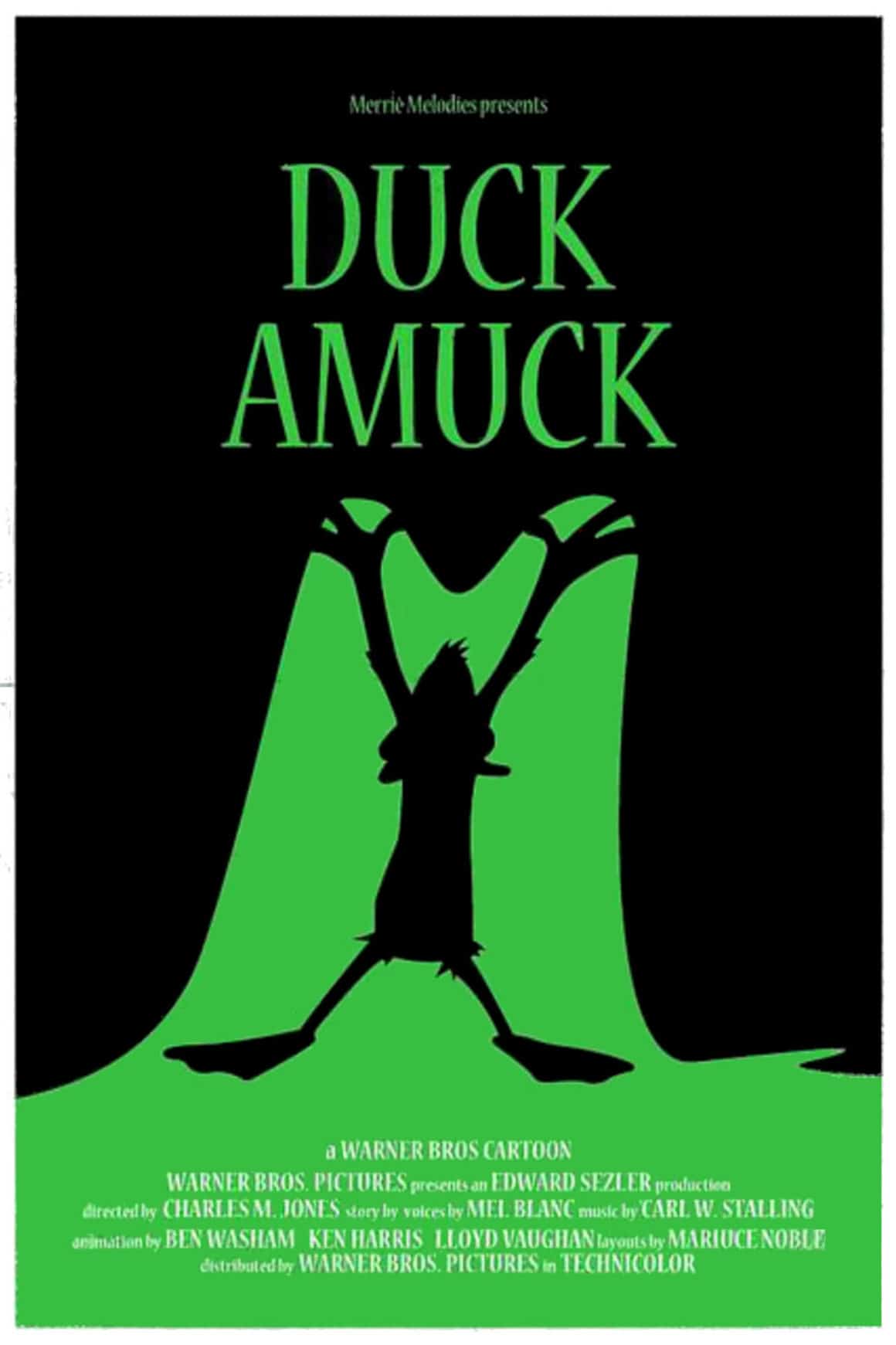
Chuck Jones’ seminal short subject rips the fourth wall down, destroys it, and confetti dances. The rivalry between Daffy Duck and his (mostly offscreen) animator is hilarious when you watch it as a kid, and you feel like you’re being let in on a secret. It’s also mildly horrifying as an adult: Daffy Duck’s world may be only lines on celluloid, but he’s real, and he’s imprisoned.
The final pullback depicts a naughty Bugs Bunny at work, the prankish illustrator of all Daffy’s misery — But what if the camera continued to move? What if we saw Jones holding the brush or ourselves staring at the screen? Suddenly, a cartoon about an irritable duck has you thinking about fate’s terrible indifference. Cousin, thank you for the sour persimmons.
8. The Iron Giant

Director Brad Bird collaborated with co-writer Tim McCanlies to (very loosely) adapt Ted Hughes’ The Iron Giant before joining Pixar. It relates the heartwarming E.T-esque story of a lonely young child and the enormous robot who becomes his best friend, and it’s a lovely, emotive homage to 1950s paranoia thrillers.
Bird weaves in themes of self-identity and defying social expectations, all while demonstrating how impressive conventional animation can be (even if the Giant himself is a computer-generated creation). Add in a gravel-gargling Vin Diesel as the towering metal man’s voice, and you’ve got a winner that, while not a box office success, has long ago gained cult classic status. Oh, and have a big box of Kleenex on hand for the tears you’ll be crying at the end.
9. The Nightmare Before Christmas
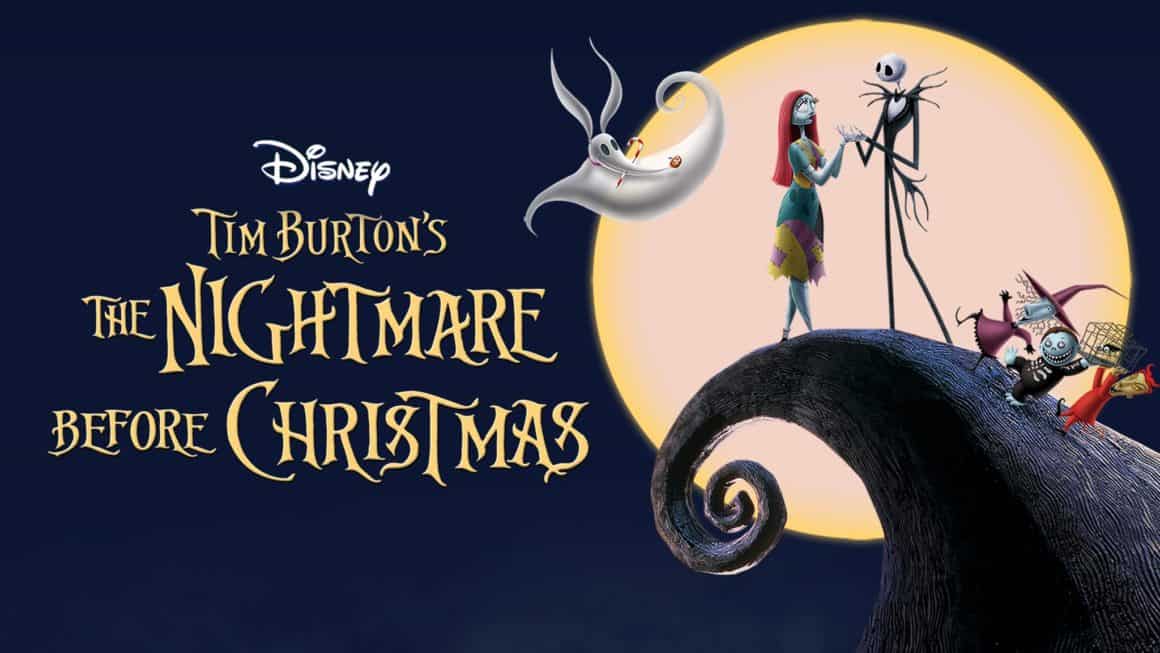
Tim Burton’s gothic musical remains a beloved, terrible Christmas treasure, serving as an animated beacon of hope for Jack Skellingtons everywhere. Everything about this stunning gothic stop-motion fantasy, starting with Burton’s angular and disproportionate character design, which he created with visionary effects artist Rich Heinrichs, endures because of its off-kilter attractions.
Skellington (Chris Sarandon), the dissatisfied Pumpkin King who finds a new lease on life amid the twinkling lights of Christmas Town, is the gem in the crown, but each ghastly and/or ghoulish addition to the ensemble is a twisted, slightly horrifying work of art.
The film’s haunting cadences and horrific atmosphere, which at times develops into addictive musical pieces, were instilled by composer Danny Elfman, a self-professed Skellington type who even supplied the character’s singing voice. The picture had a long road to the screen, thanks in part to Disney’s refusal to accept Burton’s vision, but when it did, it was unlike anything else that had ever been seen before, and it continues to touch the hearts of outsiders everywhere.
10. Street Of Crocodiles
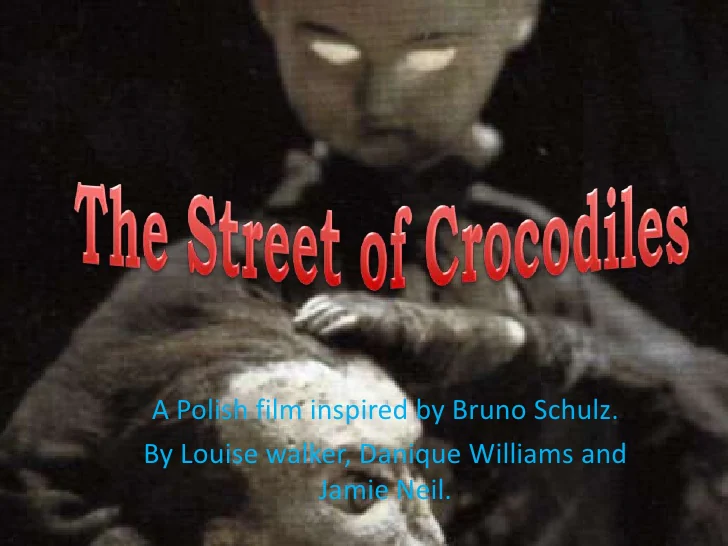
Although animation has almost totally moved to the digital realm, stop-motion pioneers Stephen and Timothy Quay continue to work with their hands. Their 1986 film depicts dancing screws and a wristwatch crammed with bleeding organs, navigated by a hatchet-faced puppet whose body appears to be decomposing as we watch, inspired by Polish surrealist writer Bruno Schultz and kindred stop-motion spirit Jan Svankmajer. It may be a century ago or a century from now, a timeless nothingness that feels like a vivid dream you can’t shake.
11. World Of Tomorrow
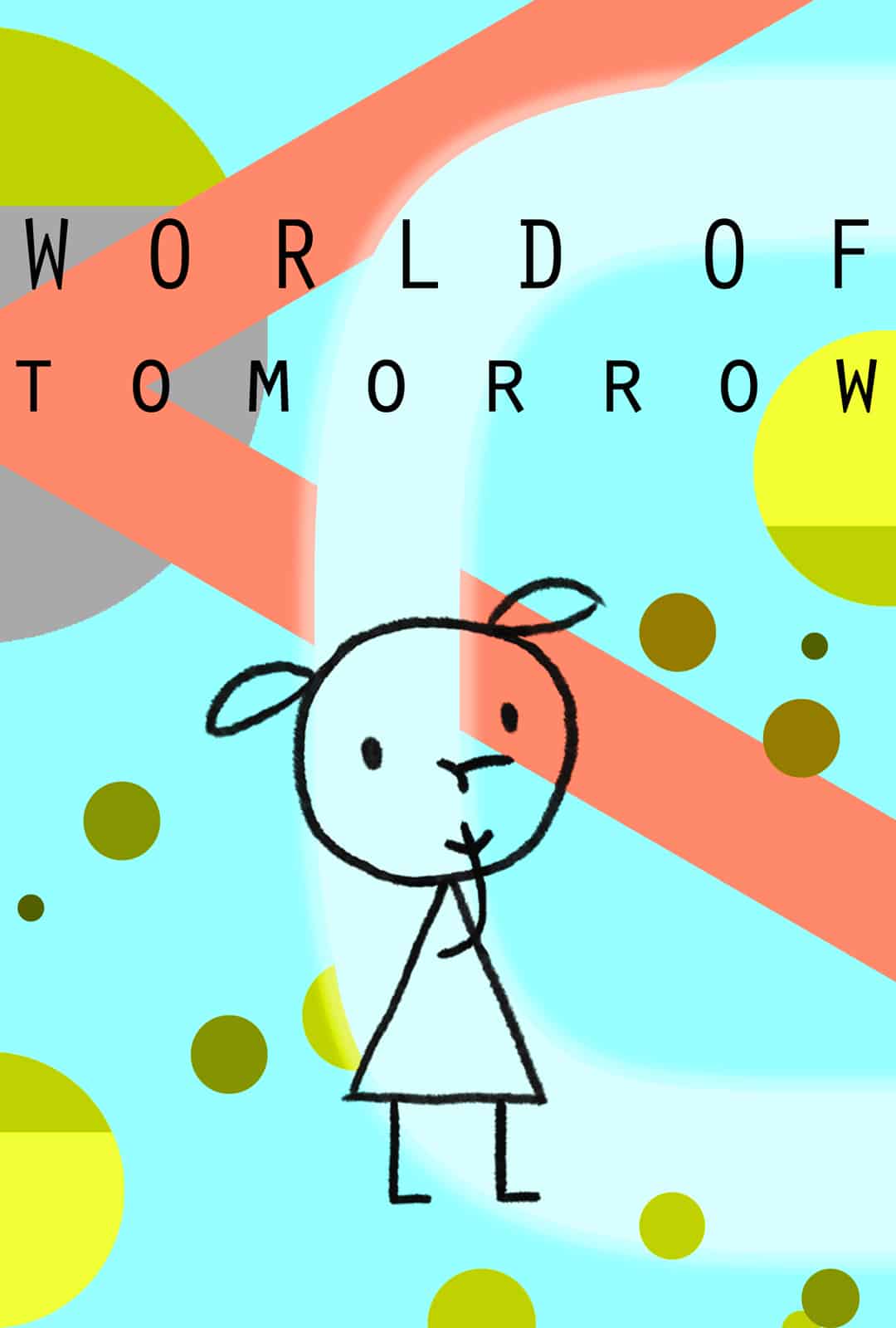
Do you have 17 minutes? Don Hertzfeldt, a pioneering short director, only needs that to create a seductive, terrifying alternate universe in which our future clones visit us and explain what lies ahead for humanity. (Do you believe evolution will have cured our basic emotional cravings? Please reconsider.)
Emily is played by Winona Mae, Hertzfeldt’s four-year-old niece, who is far too young to comprehend the ramifications of what her two-centuries-ahead clone has to say to her. However, the picture is as sweetly innocent as its young heroine, attentive to life’s nagging little riddles but also accepting that some questions will never be answered. Mae’s wonderful chuckles are one of the most life-affirming aspects of the World of Tomorrow, which is as big as the galaxy but full of simple pleasures.
12. What’s Opera, Doc
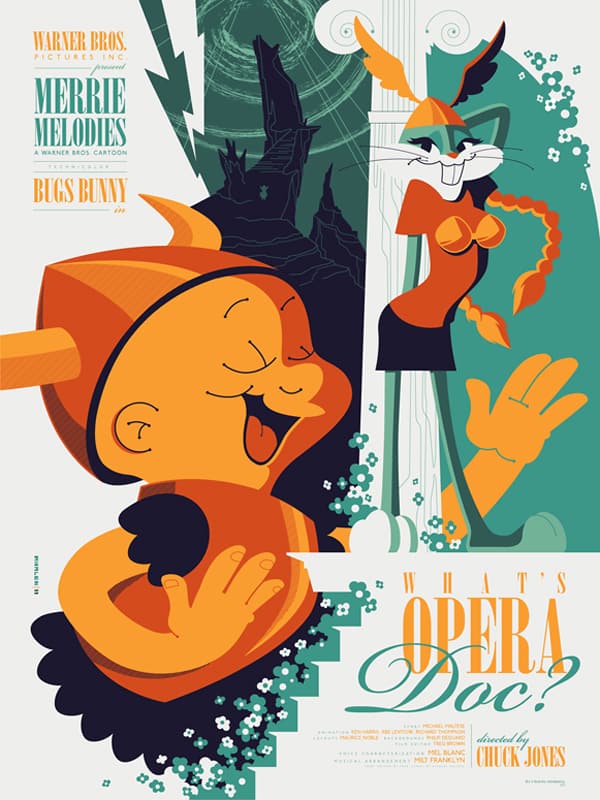
The ordinary primary schooler isn’t normally enthralled with opera, but with a short like “The Ride of the Valkyries,” listening to it isn’t like being spoon-fed cultural broccoli. With all the customary cross-dressing that a Bugs Bunny cartoon implies, Elmer Fudd and animation’s most wascally wabbit pursue each other through a German Expressionist daydream.
It also finishes with the perfect punch line, as do all of the most enduring masterpieces to emerge from the Looney Tunes heyday. Gee, ain’t Wagner a stinker?
13. My Neighbor Totoro

The pure kindness that emanates from Hayao Miyazaki’s homage to children is impossible not to be captivated by. My Neighbour Totoro is a leisurely journey through the Japanese countryside, replete with forest spirits, friendship, and furry creatures, and is bursting with imagination while being far more laid-back than other children’s flicks.
Satsuki (Noriko Hidaka) and Mei (Chika Sakamoto) are spending their summer vacation in a rural house while their mother recovers from a sickness in the hospital, and they soon discover a huge grey furball in the adjacent woods. If that sounds easy, it is – but it is the film’s simplicity, combined with the fact that there is no villain or adversary during the entire runtime, that makes it such a treat.
It’s full of iconic imaginative designs, serene imagery, and a theme-tune that’ll never leave your head: “To-to-ro to-tooo-ro!” From Totoro himself to the Soot Sprites (who return in Spirited Away) and the Catbus, it’s full of iconic imaginative designs, serene imagery, and a theme-tune that’ll never leave your head: “To-to-ro to-tooo-r.
14. Kung Fu Panda Trilogy
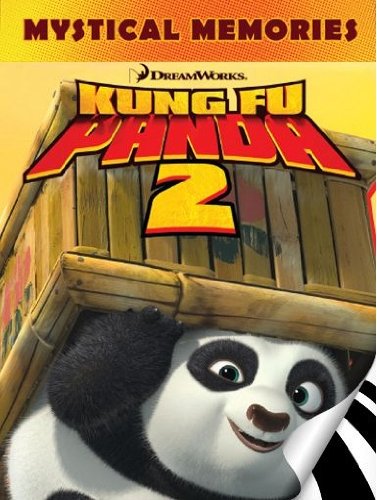
This series’ three bright films are all highly recommended, but part two is the best. Po (Jack Black) and the Furious Five confront villainous white peacock Lord Shen (Gary Oldman) who is aiming to conquer China in this sequel that is deeper, darker, more artistic, more ambitious than its predecessor.
Kung Fu Panda 2 was directed by Jennifer Yuh Nelson and grossed $665 million worldwide. It was the highest-grossing female-directed film until Frozen two years later, and the highest-grossing female-directed film until Wonder Woman in 2017. Part three of the series, released in 2016, featured the voices of Bryan Cranston, Kate Hudson, and J.K. Simmons, helping to bring the series to a close on a high note.
15. Pinocchio
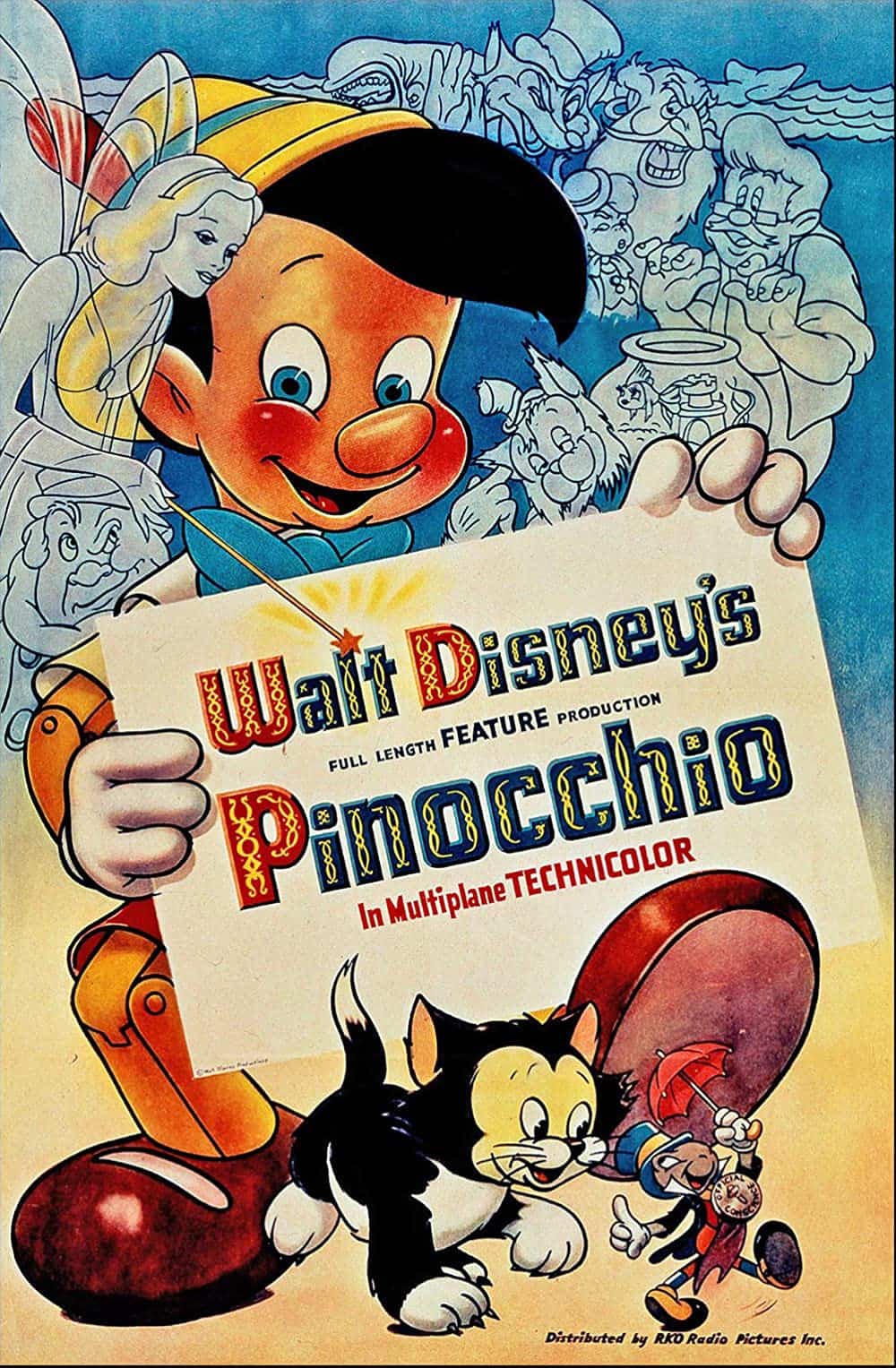
Disney’s second animated film is a significant step forward from Snow White, with a larger narrative scope, more technological complexity, and a darker tone. It follows the titular wooden puppet on an existential quest to earn his humanity, which sees him exploited by a shady showbizman, swallowed by a rampaging whale named Monstro, preyed on by an upsetting cat-man, and, in a truly disturbing sequence, taken by a demonic coachman to the sinful ‘Pleasure Island,’ where rebellious boys are mutated into donkeys and shipped off for nefarious purposes.
It’s not particularly aimed towards children, but its vibrant tracking shots and eerie character animation will appeal to adults. It also includes a fantastic song in ‘When You Wish Upon A Star,’ which has become the unofficial Disney theme song.
16. Sleeping Beauty
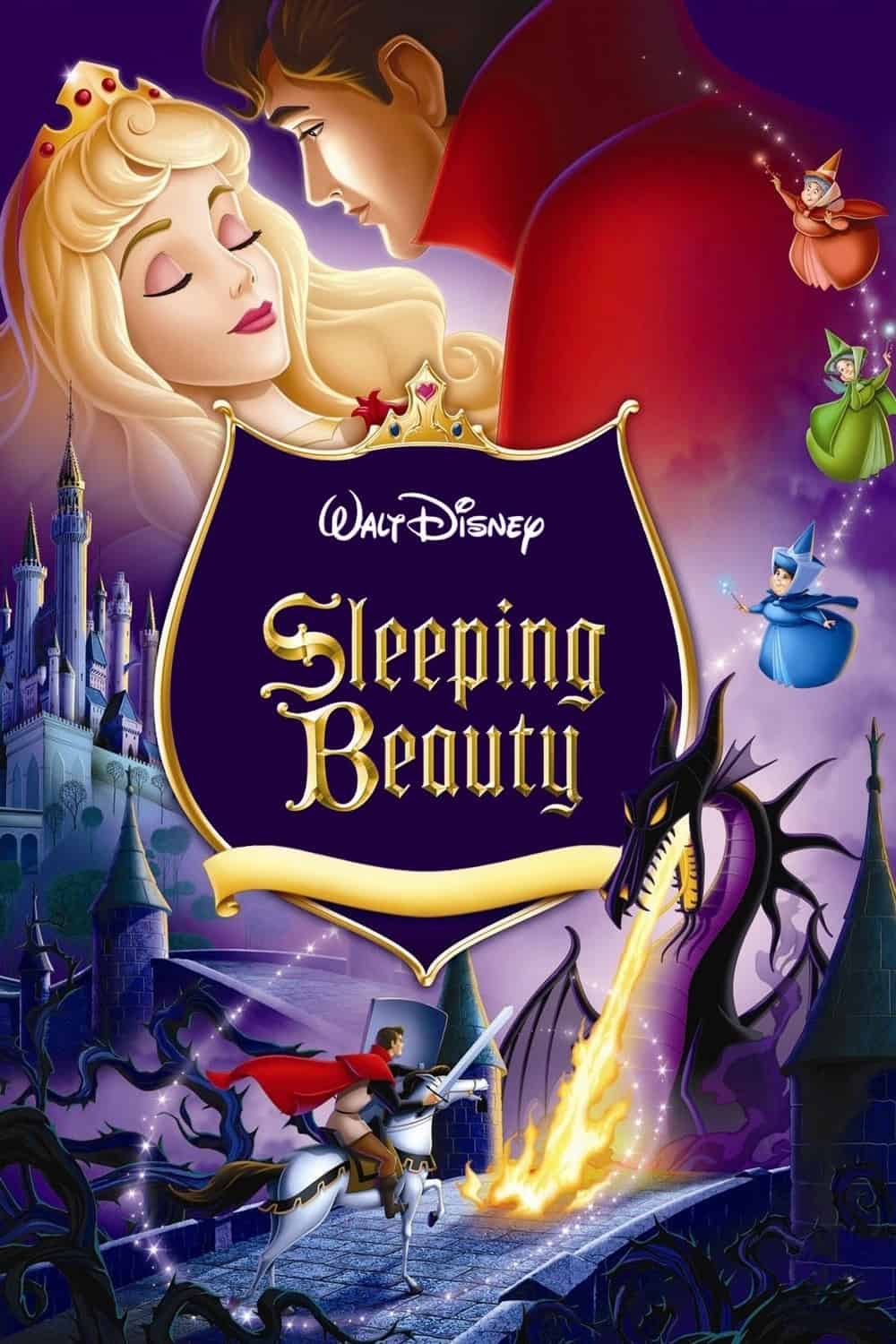
Everything about Disney’s third princess film seems huge, from its medieval setting to its legendary villain to the sheer expanse of its frame. It’s a rich fantasy narrative with more than just romance on its mind. Sleeping Beauty is stunning in every way, with stunningly detailed backdrops and dynamic character designs delivered on an expansive Cinemascope canvas.
Painstakingly produced over the course of eight years and backed by a Tchaikovsky-inspired score, Sleeping Beauty is gorgeous in every way – full of stylistic touches inspired by renaissance art, with stunningly detailed backdrops and dynamic character designs delivered on an expansive Cinemascope canvas.
The story itself is fairly simple (evil fairy curses baby, baby grows up and falls into an enchanted sleep, prince’s kiss breaks the spell), but it’s brought to life by Maleficent (Eleanor Audley), a cracking, cackling villain with a flair for the dramatic, even transforming into a green-fire-breathing dragon for a climax that today echoes Game Of Thrones. Ironically, it was slept on at first, flopping at release, and only later recognized for what it was: an utter gem.
17. Beauty And The Beast

In Disney’s iconic story, a soaring, Broadway-calibre musical meets smart, pioneering animation. From the beast’s enormous, gothic castle to the overflowing shelves of Belle’s (Paige O’Hara) cherished bookstore, Beauty And The Beast is definitely a marvel in terms of animated architecture.
Disney, on the other hand, did not forego its youthful sense of wonder in order to demonstrate its revolutionary approach to animation. Belle’s opening number with her nose in a book, skimming blissfully over the inner workings of her small town, or the central ballroom setpiece that coaxes out the tentative romance between beauty and beast, the film’s choreography remains some of the studio’s best.
The character design of the doomed inhabitants of the castle – each a little sad and flawed, but not without lashings of fun – as well as Howard Ashman’s well-loved lyrics that inform some of the film’s most charming moments – give it a twinkle. “It’s worth trying the grey stuff, it’s excellent. Do you have any doubts? Inquire of the kitchen staff!”
18. Bambi

Bambi is a strong contender for Disney’s most beautiful animated film, both artistically and emotionally. It’s a gorgeous pastoral coming-of-age story that revels in reproducing the sense of life, love, and loss inherent in the natural environment, right from its extended opening multi-plane shot through layers and layers of deep woodland.
The plot is sparse – especially in the first half, which is more concerned with immersing viewers in the forest’s flora and fauna – but ultimately moving, as newborn fawn, Bambi makes friends, loses his mother to hunters (in a scene that has now traumatized multiple generations of children), falls in love, and grows into a stoic Great Prince Of The Forest like his father before him.
The story’s maturity occasionally conflicts with more kid-friendly characters like hyperactive bunny Thumper and skunk Flower, but the cyclical imagery, in the end, is appropriately stirring.
19. Shrek
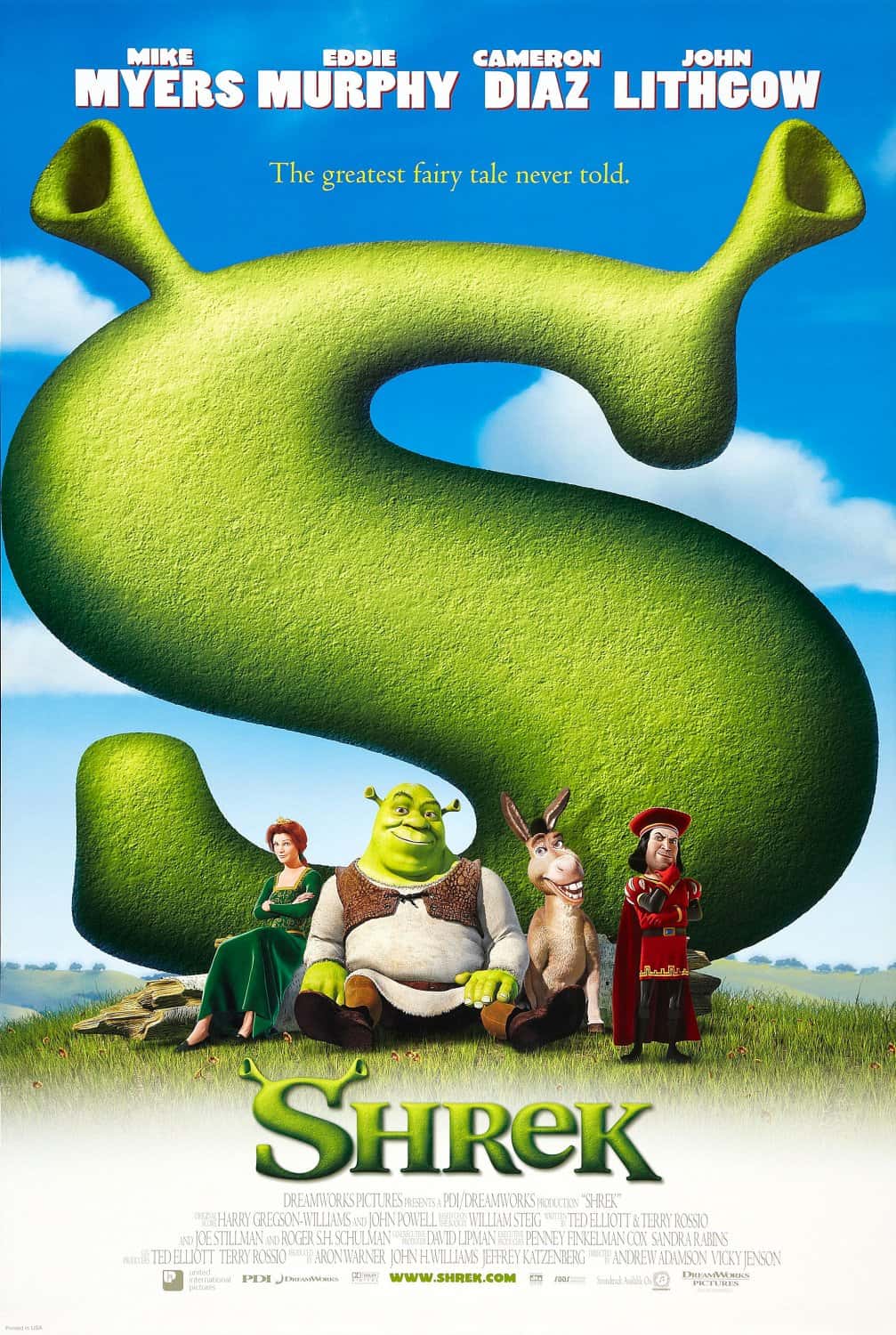
Dreamworks’ slap at Disney’s dominance of the animated landscape may not feel as new now as it did twenty years ago, but it’s still a rowdy, colorful blast. Shrek tears up the fairytale rulebook and wipes its arse with it right from the start, starring a gigantic green ogre as our hero, portraying the princess as a monster at heart, and portraying the villain as an authoritarian ruler of the Disneyland-alike kingdom Duloc.
If Mike Myers’ Scottish (emphasis on the ‘ish’) accent is a clever touch, it’s Eddie Murphy’s Donkey who brings the whole thing to life – the iconic comedian in top form. It’s nevertheless game-changing and very entertaining as a buddy comedy that shamelessly swipes at a whole Magic Kingdom’s worth of tropes and characters, and that (for better or worse) ushered in a new era of pop-culture references abounding.
20. The Little Mermaid
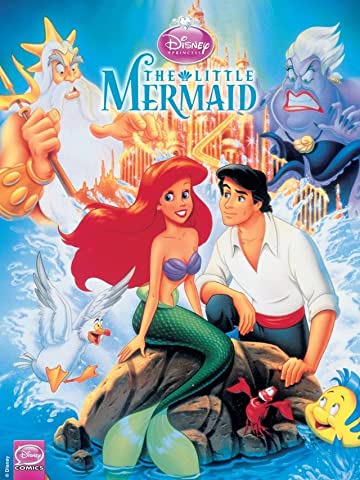
Following Walt Disney’s death in December 1966, the studio went through a period of transition that lasted nearly two decades. A number of animated films were released, but none of them were especially good, and none of them did well at the box office. The Little Mermaid was a smash hit, bringing new energy to the company and kicking off the Disney Renaissance, a decade-long period of animated classics.
Alan Menken and Howard Ashman’s score is enthralling. The melodies are massive and unforgettable, and the lyrics are sophisticated and brilliant and frequently humorous. As an adult, it’s difficult not to be moved by the story of a father and daughter striving to repair a deteriorating relationship. The ocean has a great deal of depth.
21. The Incredibles

Brad Bird came up with the winning combination of superheroic action and witty humor a few years before the Marvel Cinematic Universe’s developers did. His debut Pixar feature, The Incredibles, catapulted him into the company’s ‘Brain Trust,’ a group of directors who help to supervise other filmmakers’ work, and proved itself to be a sprightly, loving take on the kinds of familial relationships at play in teams like The Fantastic Four.
The film follows “supers” Bob (Craig T. Nelson) and Helen (Holly Hunter) Parr, who has retired from the hero game to raise their family. Bob is yearning to return to action despite government encouragement to remain out of the way. A mysterious chance presents him with more than he bargained for, and the Parr family will have to pool their resources to confront a new menace.
The bird wasn’t just ahead of the game when it came to heroics, he also recognized the perils of toxic fandom and capes on costumes. Of course, the Bird-performed Edna Mode, fashion counselor to heroes, emphasized the latter point. Dahling, you’re a one-of-a-kind character.
22. The Lion King
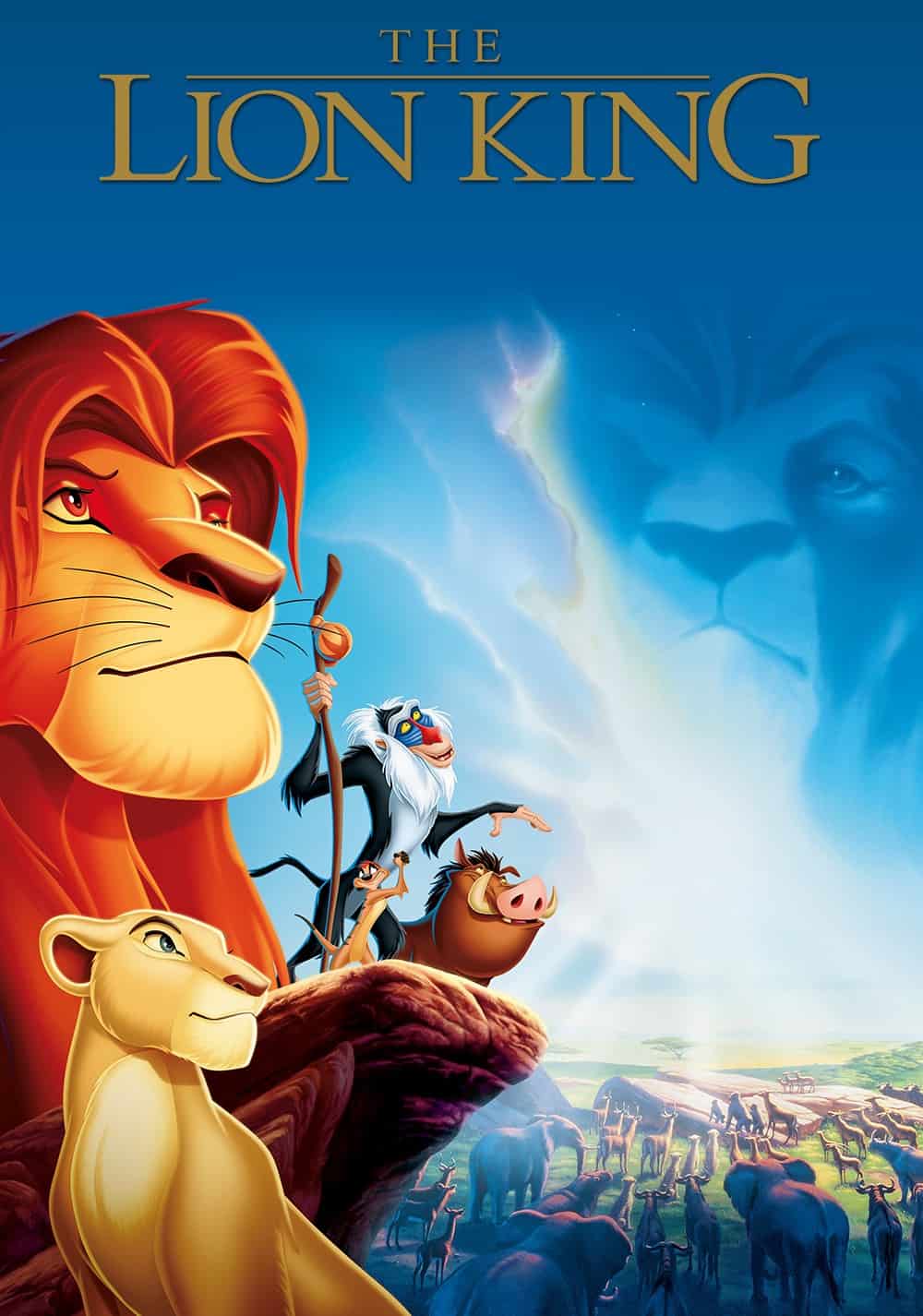
The Lion King, released in the midst of Disney’s rebirth in the 1990s, finds the studio at the pinnacle of its powers – and its anthropomorphized animal take on Hamlet is a marvel. It’s a coming-of-age story laced with murder and duplicity – as lion cub Simba (Matthew Broderick) grows up in the immensity of Pride Rock, endures a life-shattering parental death, and eventually takes his father’s position as the animal kingdom’s ruler.
When Simba runs away from home, Timon and Pumbaa (Nathan Lane and Ernie Sabella) emerge as gold-standard sidekicks, the Elton John-penned songs are amazing (“The Circle Of Life! “Hakuna Matata!” I Just Can’t Wait To Be King!’), and patriarch Mufasa is voiced by none other than James Earl Jones. It’s even evident now, all these years later: The Lion King isn’t a passing fad.
23. How To Train Your Dragon

While DreamWorks Animation has been chastised for pursuing the franchise dragon (pun intended), this trilogy is a brilliant example of why franchises aren’t always the enemy of creativity and charm. Dean DeBlois and Chris Sanders came up with the idea, and DeBlois directed the first two films.
In essence, the How To Train Your Dragon animation is, on the surface, a simple story about a young boy and his dragon, with the boy being a geeky, awkward Viking and the dog being a powerful Night Fury dragon with natural camouflage and the ability to launch plasma blasts from his mouth.
Instead of letting the protagonists run (or fly) in place, the series (and its small-screen spin-offs) make the wise decision to evolve the tale and deepen the emotion, and the films’ style is a painterly, often breathtaking use of CGI.
24. Dumbo
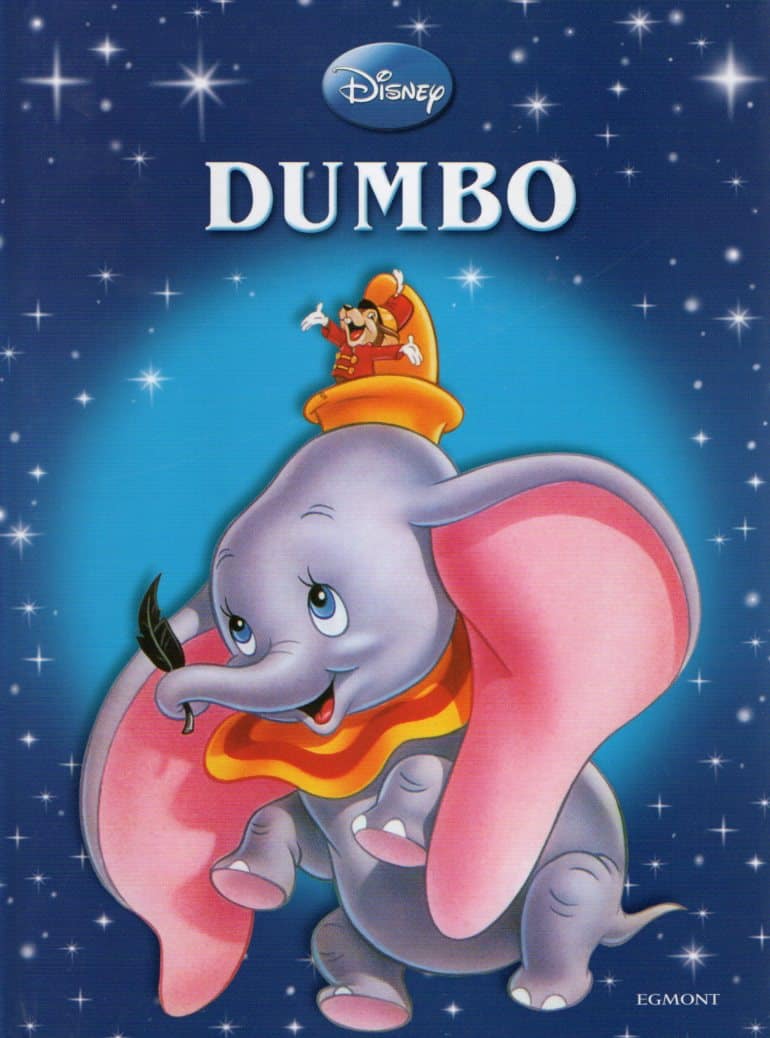
It’s true that some aspects of Dumbo have aged horribly – not just the racially stereotyped crows, but also the lesser-known ‘Roustabouts’ song, which turns the film’s few people of color into happy, faceless slaves. It’s a masterpiece in every other way.
It’s a tale of exploitation, misery, and final change, as big-eared young elephant Jumbo Jr. is teased by his peers, removed from his “mad” mother, forced into perilous circus acts, and realizes his biggest difference can become his super-power.
The circus sequences are vividly realized, and ‘Pink Elephants On Parade’ remains one of the boldest, barmiest bits of animation ever to emerge from Walt Disney Animation Studios. It boasts a tear-jerker of a tune in ‘Baby Mine,’ and the circus passages are wonderfully realized. Dumbo is still flying after all these years.
25. 101 Dalmatians
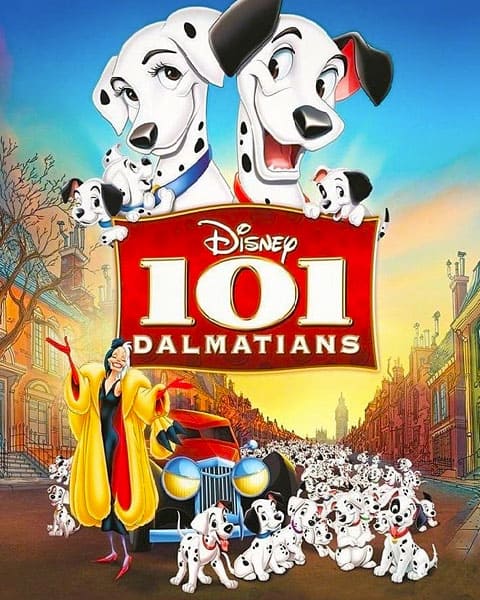
Slap-bang in the midst of Disney’s golden period, an adventure arrived that looked nothing like anything else the studio had done before. Thanks to the new cost-cutting Xerox animation process, the opulent, sweeping views of Sleeping Beauty were replaced with textured sketchbooky scrawls, resulting in a film that feels authentically hand-crafted and full of life, simpatico with its jazzy tune.
It was a unique contemporary Disney film at the time, bringing 1960s London to life in the narrative of a loved-up couple, their doe-eyed dogs, and a crazy fashionista set on dog-napping their litter of newborn puppies to manufacture a fur coat, based on Dodie Smith’s novel.
Cruella De Vil, a scrawny creature in a massive fur coat, with green-smoke-spewing cigarettes and that damning cry of “imbeciles!” dominates the movie – a really iconic villain, a scrawny creature in a towering fur coat, with green-smoke-spewing cigarettes and that damning screech of “imbeciles!” Overall, it’s a canine delight.








